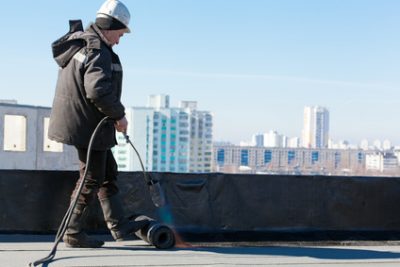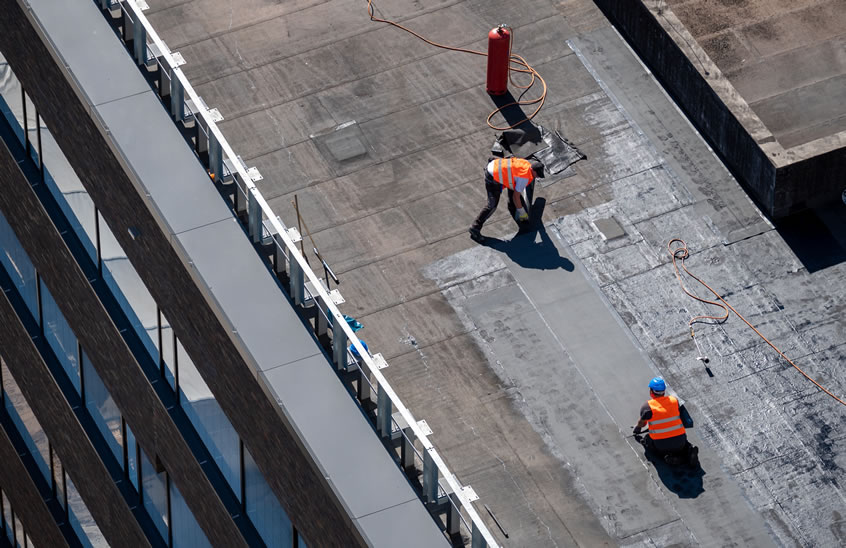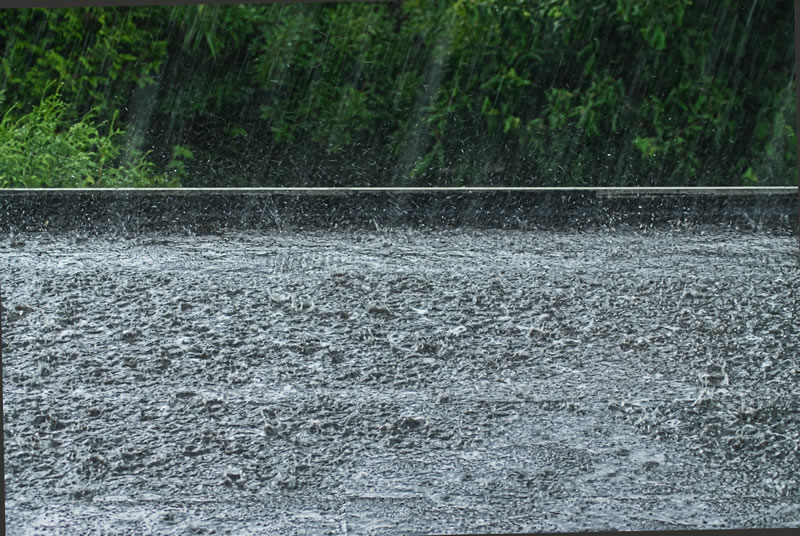What You Should Know About the Flat Roof of Your Commercial Property
 If you pay attention to the commercial buildings in your area, you will probably notice that most of those buildings have flat roofs. Perhaps you have a commercial building of your own and never put much thought into why that building has a flat roof. Flat roofs come with many benefits that range from added usable space, low cost, and design options.
If you pay attention to the commercial buildings in your area, you will probably notice that most of those buildings have flat roofs. Perhaps you have a commercial building of your own and never put much thought into why that building has a flat roof. Flat roofs come with many benefits that range from added usable space, low cost, and design options.
As a business owner, you may have had these benefits in mind when you had your property built or simply purchased a commercial building that already had a flat roof. Either way, if your commercial property has a flat roof it’s important to understand a few key things.
The Basics of Flat Roofs
There are several types of flat roofs that may be on your commercial property. It’s a good idea to understand the basics of your flat roof so that you can understand the maintenance associated with your roof and when it may be needed.
Traditional flat roofs are called Built Up Roofs (BUR). BUR style flat roofs are constructed from three or more layers of waterproof material and hot tar. These roofs are then covered with gravel that can help protect them from UV rays and can keep cooling costs down. BUR roofs, while long-lasting, require regular professional maintenance, as the gravel can make it difficult to spot potential problems without a practiced eye.
Modified Bitumen is another type of flat roof that your commercial property may have. Modified Bitumen is constructed from a single ply membrane that is heated to seal the adhesive of the membrane to the insulation. This type of roofing is easy to install and can generally be placed quickly. Modified Bitumen isn’t as tear resistant as other flat roof options, so it’s always important to practice caution when performing maintenance tasks.
One of the most popular flat roof types is EPDM roofing. EPDM roofs are constructed from a durable rubber material that is engineered to resist damage from UV rays. EPDM roofs are a great option because they are durable and the source of leaks can be located and repaired quickly. However, this particular option is slightly more vulnerable to punctures, so it’s important to have regular inspections done to ensure that there is no damage to your EPDM roof.
Flat Roof Maintenance
Perhaps the most important information you should know about the flat roof of your commercial property is when maintenance should be performed. According to the National Roofing Contractors Association, maintenance and repairs should be scheduled at least twice a year. Most business owners choose to have this bi-annual maintenance done in the Spring and Fall to help prepare for the inclement weather that Winter or Summer can bring. During these routine maintenance visits, contractors inspect the surface for damage, clean gutters, and remove debris. Your flat roof contractor will pay close attention to the seams of your roof to ensure there is no risk of tears or leaks.
Understanding the type of flat roof on your commercial property and when to schedule flat roof maintenance can ensure that your flat roof lasts for years to come. If you’re in need of maintenance for your flat roof this Fall, give A and L Flat Roof Repair a call today at (586) 777-1477!





